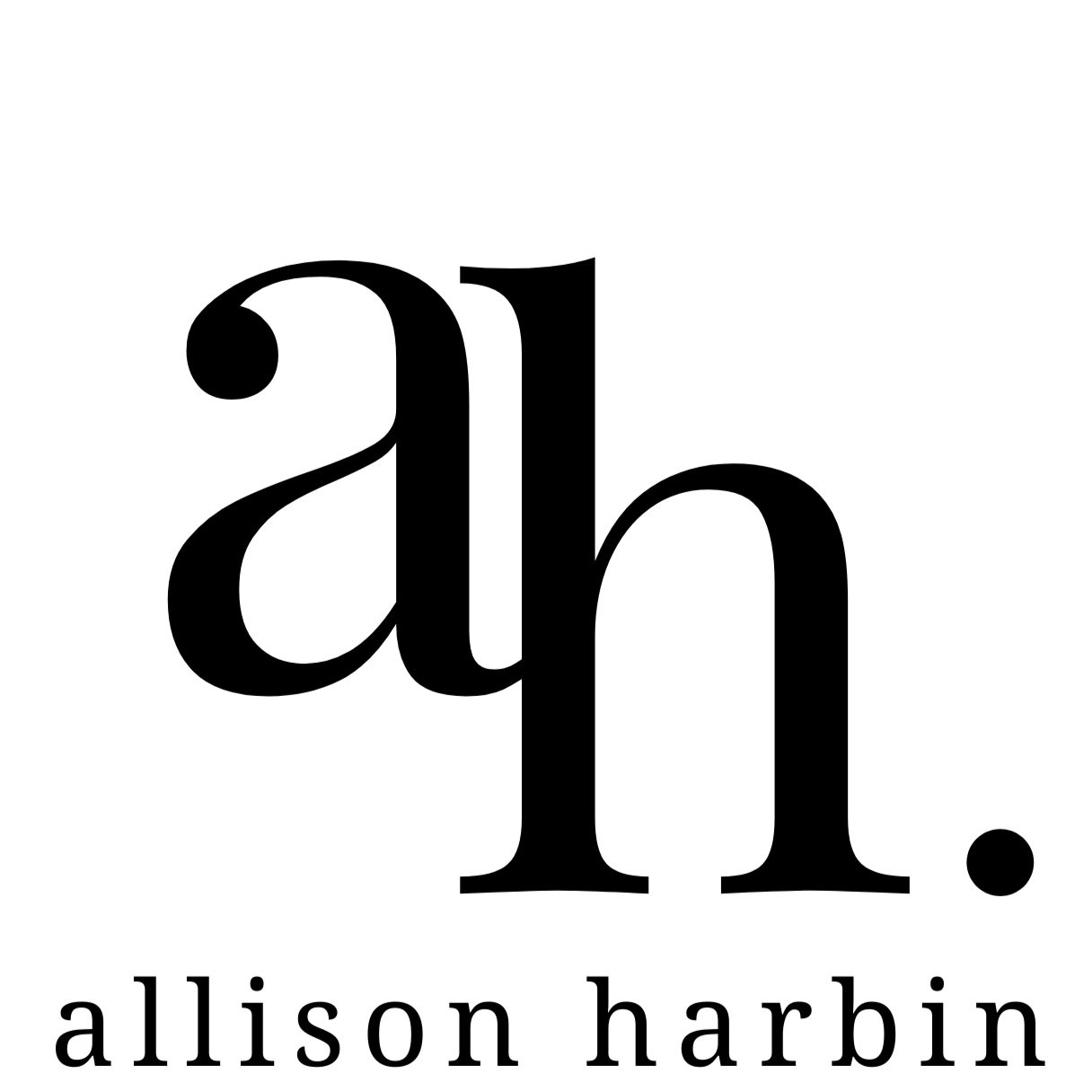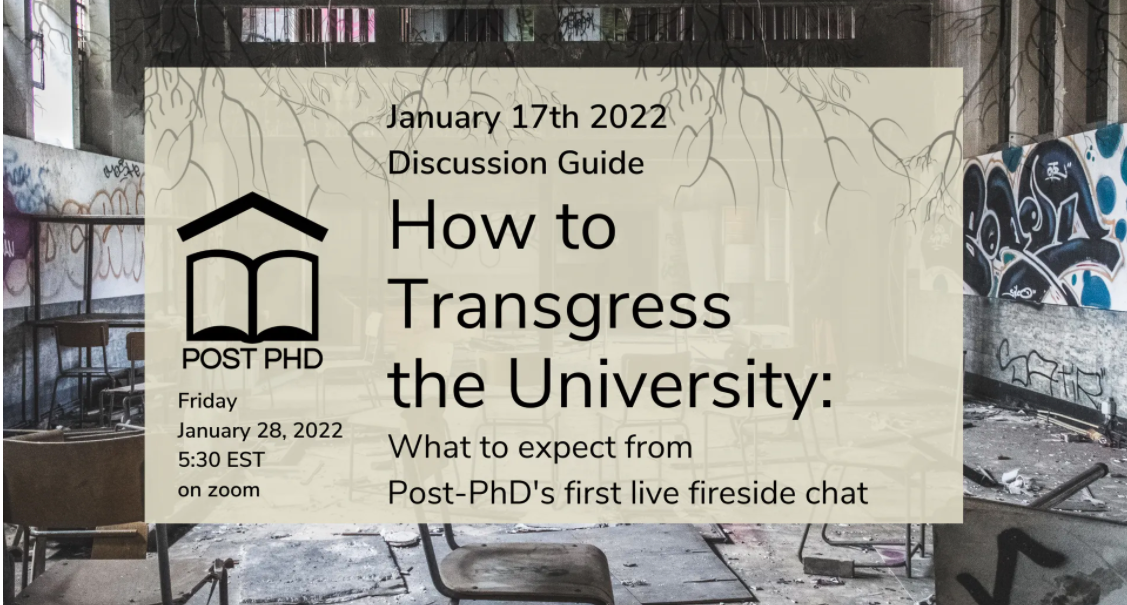Gay Art History
Here are three photographs my students took during my time teaching art history and photography at OCSA high school. Who wouldn’t love teaching em?
Gay Art History
In this post: I talk about the revelatory impact of Bell hooks' Teaching to Transgress and how it taught me how to be a fully engaged educator.
Next week: I talk about my personal evolution through and beyond my art history Ph.D. and the concept of "canon" and "canonical" artists.
Last week: I cover my plenary talk at the Reward Equator Conference in Berlin. I also include an amazing collection of engaged scholars I've found who are dedicated to supporting Ph.D. researchers.
In a way that can only be described as revelatory, bell hooks’ Teaching to Transgress: Education as the Practice of Freedom taught me what it is to be an engaged teacher. When I first read it, I was in graduate school for my doctorate in art history, and just beginning to teach. I was fascinated by the idea that teaching could be a joyful exchange between teacher and student. In order to truly empower my students, I grappled with hooks’ assertion that, “teachers must be actively committed to a process of self-actualization that promotes their own well-being if they are to teach in a manner that empowers students.” I didn’t yet fully understand what she was getting at, after all, in teaching I was the expert, I didn’t need students to learn, they needed me. But I was interested.
However, it wasn’t until I became a high school teacher that I really learned what it is to teach to transgress, to transform the classroom into a “radical space of possibility,” as bell hooks describes. The opportunity to teach at a competitive, but public, performing arts high school came while I was still earning my doctorate. I initially took the job because it paid slightly more than being an adjunct professor (which is not saying much). For you academics reading this, I know how bad teaching high school instead of adjuncting at a college looked career-wise. My department certainly looked at me differently when they found out as if I was somehow less of the scholar they had thought before (and we all know how that ended- stolen work and expulsion from academia). But, ultimately, those voices would fade into the background as I realized that I had no use for such a limiting mental straightjacket as to believe that one form of knowledge is inherently better than any others.
The high school was a queer and creative oasis. Students applied with portfolios and went to school until 2:30, before going to one of many conservatories to work on whatever their focus was. What that translated to in real life: it was art school for baby gays (or “gaybies,” as I affectionately call them) and other creatively-minded adolescents. I will (tediously) mention that of course not all of the students were LGBTQ+, in fact the majority were not. Nevertheless, for a gay art historian, I suddenly found myself in my element.
I had just come out of the closet maybe two years before (so I, too, was a “gaybie”), and I was still very much struggling with my own internalized homophobia. Through the example set by my queer students, I learned how to shrug off the restrictive and limiting confines of social norms and academia’s ingrained elitism. In other words, to just have fun.
During one lunch period, I remember watching a hilarious student hold court over his peers with the swagger of a drag queen and it struck me: Ru Paul was correct, the world will always need more drag. Which is to say, the world will always need to be more queer. Watching him giggle in delight as he explained how to contour, I understood fully just how essential it is that school is a loving and supportive environment for queer and other marginalized students. It grants them permission to thrive in full color. Judging from the artistic contributions of queer artists alone, I’d say it’s an investment with a good ROI.
Over the course of my two years there, I started a Gay Art History lunch club, where a handful of gay students came to my room at lunch and I showed them my favorite queer artists. Everything from contemporary photographers Robert Mapplethorpe and Roni Horn, with of course a brief stop in the Renaissance to explore how tortured Michelangelo was about his sexuality (which you can see in his self-portrait as the flayed skin of St. Bartholomew in the Last Judgement in the Sistine Chapel in Rome). Eventually, word got out to the straights, and they also joined gay art history club. Imagine.
Witnessing my queer students express joy is what allowed me to fully understand what bell hooks meant about engaged teaching and the importance of self-actualization for both teacher and student.
Through gay art history club, I also learned to produce an alchemy of sorts, my own form of queer magic to combat the sexist and homophobic reality in which we all live. I transformed my classroom into one of “radical possibility” where we all got to be the best version of ourselves. As a teacher this meant being honest, approachable, and even, at times, as vulnerable as you ask your students to be when they attempt to answer a question before an entire class. This allows for a process of reciprocal exchange that only deepens (enhances) the learning process.
Together, my students and I explored what it meant to be queer and how that shaped who we were as people. Through art and its study, my students and I came closer to becoming our best selves. I am still in touch with many of my OCSA* students, and the adults they have grown into are as inspiring and impressive and I knew they would be when they were but mere gaybies in high school. I hope they would feel the same of me.
-Allison Harbin
*Orange County School of the Arts. Also!! if you are reading this and had me for art history or photography at OCSA please get in touch with me, I’d love to hear what you’ve been up to, I still have some of y’alls art hanging on my walls!








In this post: A reflection on the UCU strikes, past and upcoming content, and what the f*ck we are supposed to do with all this mess, including a list of what I'm reading.